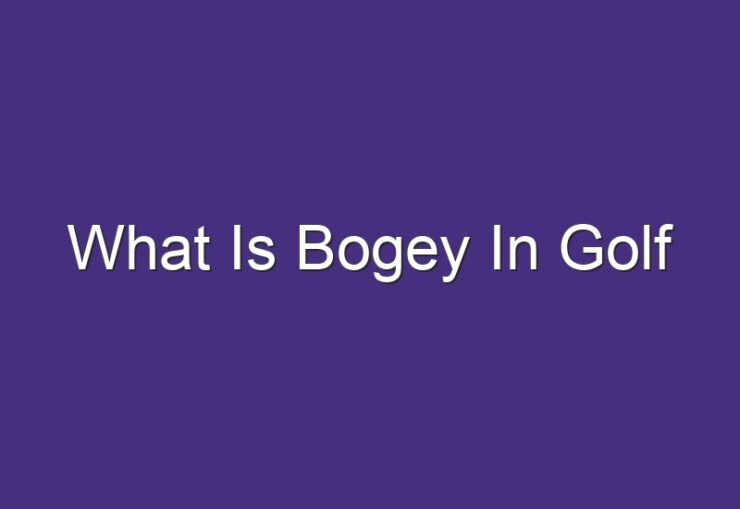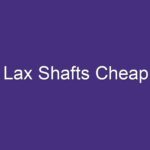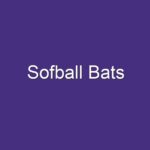The inevitable has arrived, baseball fans. For a few years now, most people in the sport expected that the imminent expiration of the Collective Bargaining Agreement between players and owners would be cause for great contention, to the point that a work stoppage was very possible.
To avoid that kind of offseason disruption it would have required significant concessions from both parties, the kind of compromise neither party would likely agree to until the last possible moment. And the truth is that December 2 is not the last possible moment.
MORE: Why Do Fans Often Side With Landlords In A Labor Dispute? A look at psychology
Then, at 11:59 p.m. ET on Wednesday, MLB’s collective bargaining agreement expired and baseball soon after began its first work stoppage in 26 years. This is what you need to know.
Why could there be an MLB lockout?
The Details: The Collective Bargaining Agreement formed by MLB owners and the MLB Players Association in 2016 was in effect for four years, expiring at 11:59 p.m. ET on December 1. Because that deadline passed without a new deal. , owners basically had two options: continue as usual, under the terms of the expired agreement, and continue to negotiate with the MLBPA in the hope of reaching a new agreement at some point in the future, or impose a lockdown, creating a sense of urgency. for both parties to reach an agreement.
“We have gone down this path,” Commissioner Rob Manfred said in mid-November, The Athletic reported. “We closed in ’89 -’90. We decided to go down the road (to keep negotiating) in 1994. I don’t think ’94 has worked out too well for anyone. I think when you look at other sports, the pattern has become controlling the timing of the labor dispute and trying to minimize the possibility of a real disruption to the season. “
During the lockout, no major league free agents can sign and no trades can be made. Players do not have access to any type of team facilities, which is especially problematic for those recovering from serious injuries. Basically, no one employed by a team in a non-playing capacity can have any kind of communication with the players. Free agents who have yet to sign and players waiting to be traded, especially many A’s and Reds in that combination, are stuck in limbo. And the teams that have urgent roster needs that they didn’t address in November, hello Yankees and Phillies! – They can talk to each other all they want about what they could do, but they can’t really make anything happen.
What the MLBPA wants
Let’s start with a quote from Max Scherzer, the three-time Cy Young winner on the MLBPA’s eight-player executive subcommittee, from an article in The Athletic: “Unless this CBA fully addresses the (issues) of competition and the younger players get paid, that’s the only way I’m going to put my name on it. “
First, about the competition: the tank is a problem. Too many teams in a given year are just not trying to win, and not just the tankers. And, up to a point, who can blame them? If they cut their roster to a minimum, not only do they save on payroll, it is easier to lose 105 games with players on minimum wage, but they are rewarded with a high pick in the draft next season. This acceptance of losing has diminished the market for veteran players who can still contribute. If the goal is just 70 wins, why pay a free agent $ 6.5 million per season when a rookie is better for the overall plan at $ 570,000? So yeah, players hate tanks.
As for the younger players, as it stands now, most players are not eligible for salary arbitration until after their third season and are not eligible to become free agents until after their sixth season. Teams basically have full control over salaries for the first three years, and arbitration is a grueling process, resulting in salaries well below what they would get on the open market. An obvious solution, one that owners might not like, is to reduce the amount of time it takes to get to arbitration and free agency.
And there are other things too. Not only is the MLBPA staunchly anti-cap, they want the Competitive Balance Tax (also known as the luxury tax) to get a sharp increase closer to the increase that income has experienced in the last five or six years. The practice of serving time manipulation is sordid and dishonest, and players will advocate that language prohibits such practice.
MORE: How much does adding a Cy Young winner help a team improve?
What MLB Owners Want
The owners have “won” the last few rounds of collective bargaining bargaining, most people on both sides will tell you, so their biggest goal is to keep most things on the current track. One of the most important elements is the extended playoffs. More playoff teams and more playoff games mean more money, both from game-related revenue and from bigger television deals. The owners were able to get a taste of what could happen during the 2020 season shortened by the pandemic, even if there were no fans in the stands for ticket sales and concessions. Expect nothing like that year’s 16-team playoff field, but expect the owners to push hard for a 14-team field, or at least a 12-team setup, outnumbered by the current 10 teams.
As always, owners want to limit the amount spent on players, but it’s an interesting dynamic between the “richer” teams and the “poorer” franchises. Left to their own devices, some owners will go after their target players in free agency, no matter the cost. Owners at the bottom of the spectrum want to prevent other owners from doing that because it puts them off the top players. Remember the quote from Hall of Famer Tom Glavine in a story earlier this week, about the 1994-1995 strike?
“During the last strike, we never asked for more money. We never asked to be paid more. We just didn’t want a salary cap, ”Glavine said. “Pay us what you want to pay us, but we didn’t want to implement a system that would artificially help owners control themselves in an environment that they otherwise wouldn’t.”
What both sides want
Just to show that there is a bit of common ground, it’s worth noting that both sides are in favor of adding the designated hitter to the National League full-time, which is why everyone has long assumed that he will be a part of this next one. CBA. And rest assured that it is. It’s a concept commonly known as Universal DH because baseball loves to make everything sound a little bigger than it really is (like, you know, the “World” Series, although only North American teams are eligible for that title).
For NL owners, the idea of replacing hitting pitchers with real hitters is appealing as they look for ways to increase offense and excitement in games. Furthermore, the idea of losing a high-priced pitcher to the IL due to an injury sustained while at the plate or running the bases has become an unacceptable scenario.
For the MLBPA, it’s basically about adding 15 more jobs for position players. Not all teams will employ a full-time designated hitter, of course, but owners will build their rosters in the offseason, and on the trade deadline, with the designated hitter as part of the equation.
So why is the Universal DH no longer here? Because, even if both parties want it, it is still a negotiation. We had the designated hitter in the National League during the 2020 season shortened by the pandemic, as a player safety issue. It has been absent since 2023 because the owners reportedly used it as a bargaining chip. And with this CBA negotiation looming, players weren’t about to treat it as something only they wanted.
Is there a chance that the MLB season will be canceled?
That seems highly unlikely. Although there are many, many problems to be solved, there doesn’t seem to be anything that would make the parties do something stupid (just being honest) like that. In the 1994 dispute, the owners intended to set a salary cap and the players flatly refused. Neither of them moved (the agreement was finally reached without a limit, as you know). There is none of that in this.
And both sides seem committed to avoiding even a few lost games, much less an entire season. Manfred said the same thing when speaking to reporters in November, when he spoke about the likelihood of enforcing a lockout as soon as the collective bargaining agreement expires. “That’s what it’s about: it’s about avoiding damaging the season.”
When will the lockout end?
This is the most relevant question. Don’t expect a resolution anytime soon. As we discussed earlier this week, the free agent frenzy in the days leading up to the expiration of the collective bargaining agreement was a pretty clear sign that both parties are prepared to weather a long, cold winter. I would be surprised if it happened before Christmas, and I would be pleasantly surprised if a deal is reached before the results of the 2023 Hall of Fame vote are revealed in late January.
Pitchers and catchers are set to report to spring training in mid-February (here’s a countdown!) And even for a shorter spring, an agreement would need to be reached at that time or shortly thereafter. If this runs through March, you are looking at a shortened regular season schedule or a regular season schedule that was pushed back from the scheduled opening day of March 31st.
Look at the 1990 lockout as an example. The collective bargaining agreement expired on December 31, 1989, and the owners officially began their lock-out on February 15. Finally, on March 19, an agreement was reached. Spring training was drastically shortened and the season started a week late on April 9.
A big difference this time: after all the lost revenue (ticket sales etc), the shortened season, and no fans of 2020, you can be sure the owners don’t want the spring training games erased if it’s possible.
When was the last MLB work stoppage?
It’s been a minute, hasn’t it? The latest work stoppage was the players’ strike that canceled the 1994 World Series and caused the 1995 season to be shortened to 144 games. That was by far the worst labor dispute incident in baseball history, but it is far from the only one. Here’s a full rundown of owner-versus-player work stoppages since the first in 1972.
What is the difference between a lockout and a strike?
A lock is property that says “you can’t work for us until you accept a new deal.” A strike is the employees (players, in this case) who say “we will not work for you until you accept a new deal.”
@thesportingnews’ It is the season for the lockout of @mlb ⚾️🎄 # December #lockout #mlb #christmas #baseball ♬ original sound – The Sporting News



